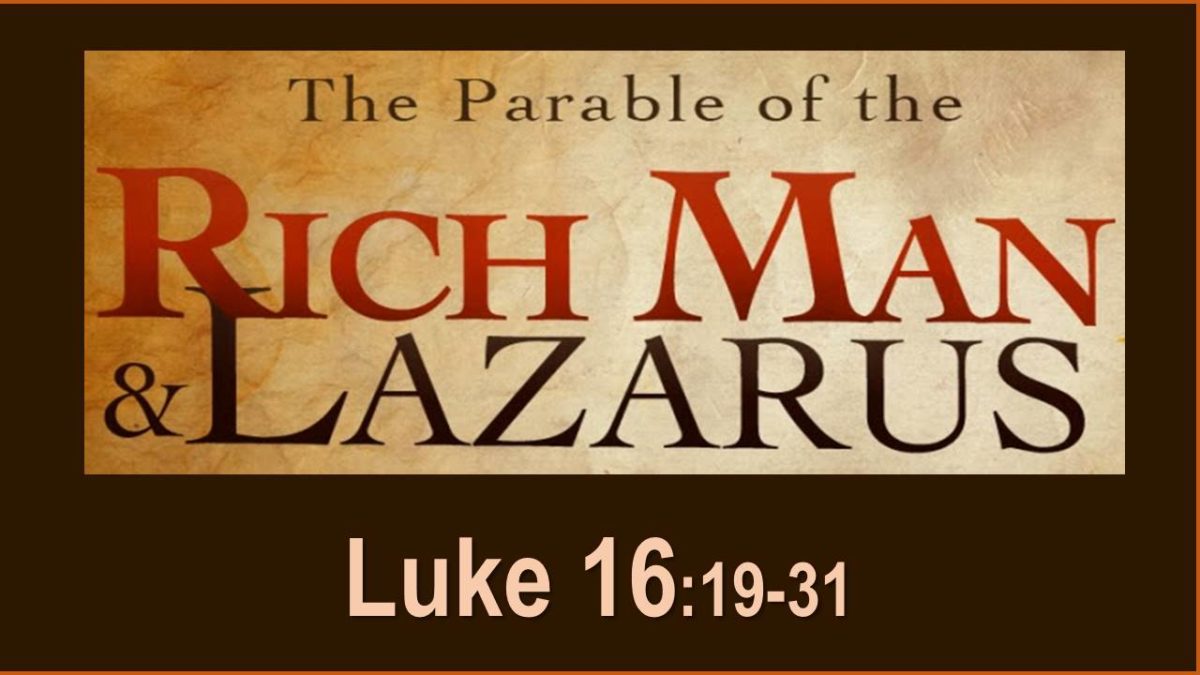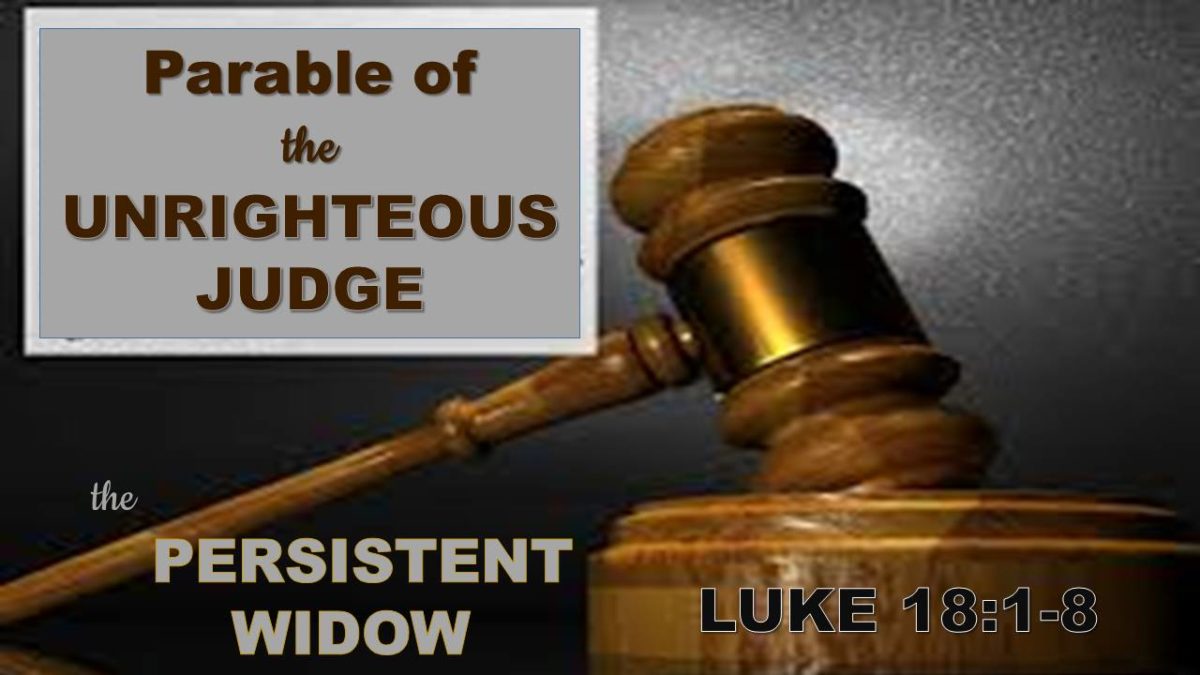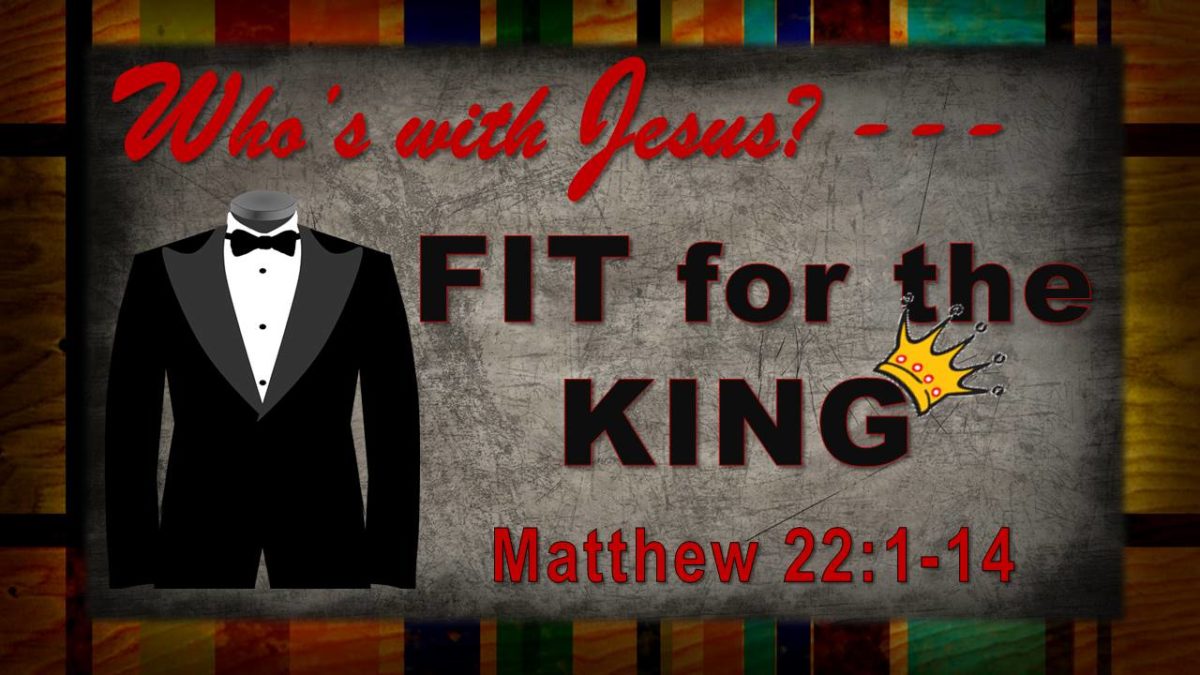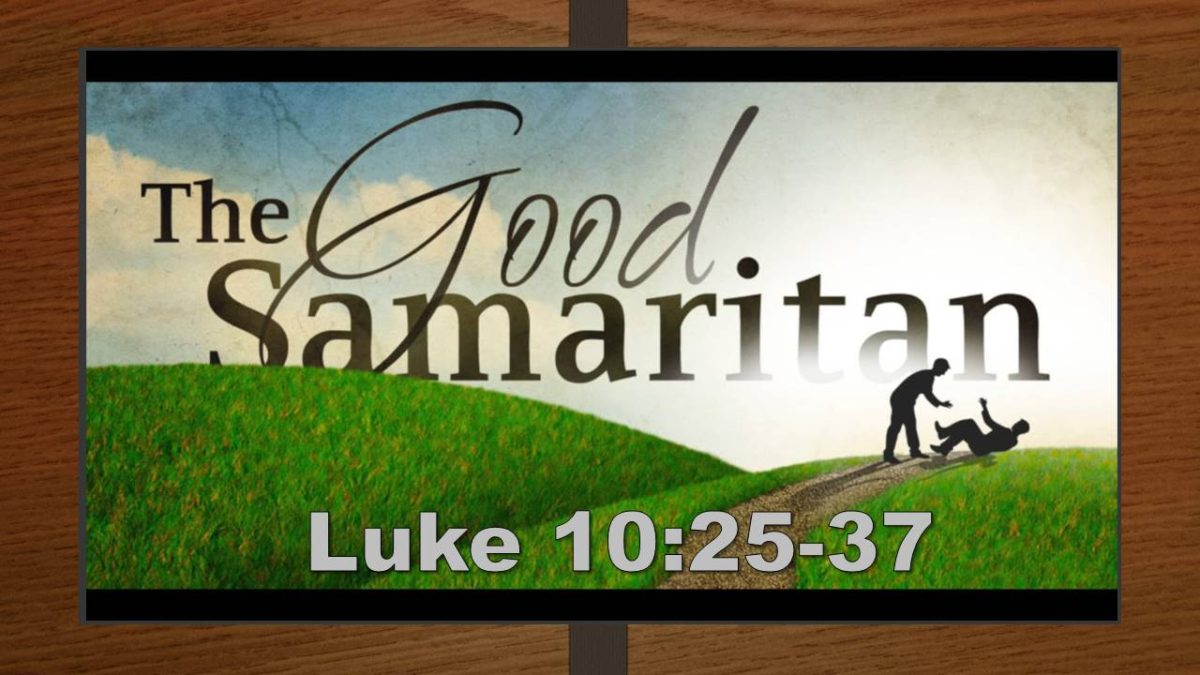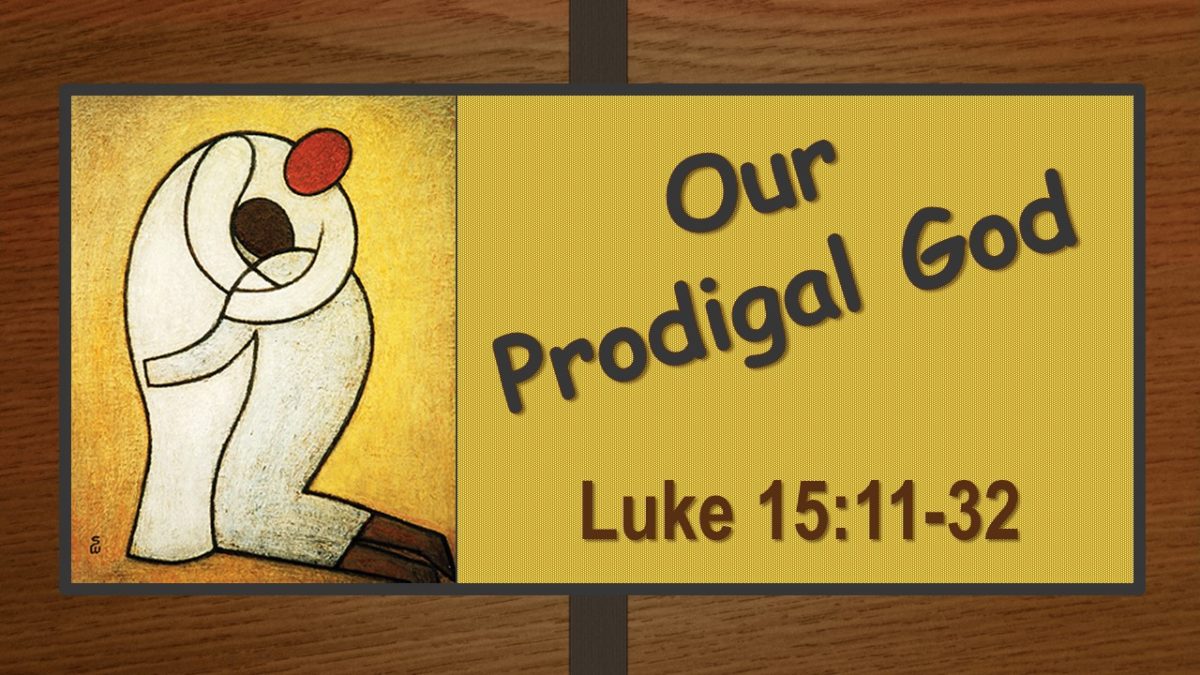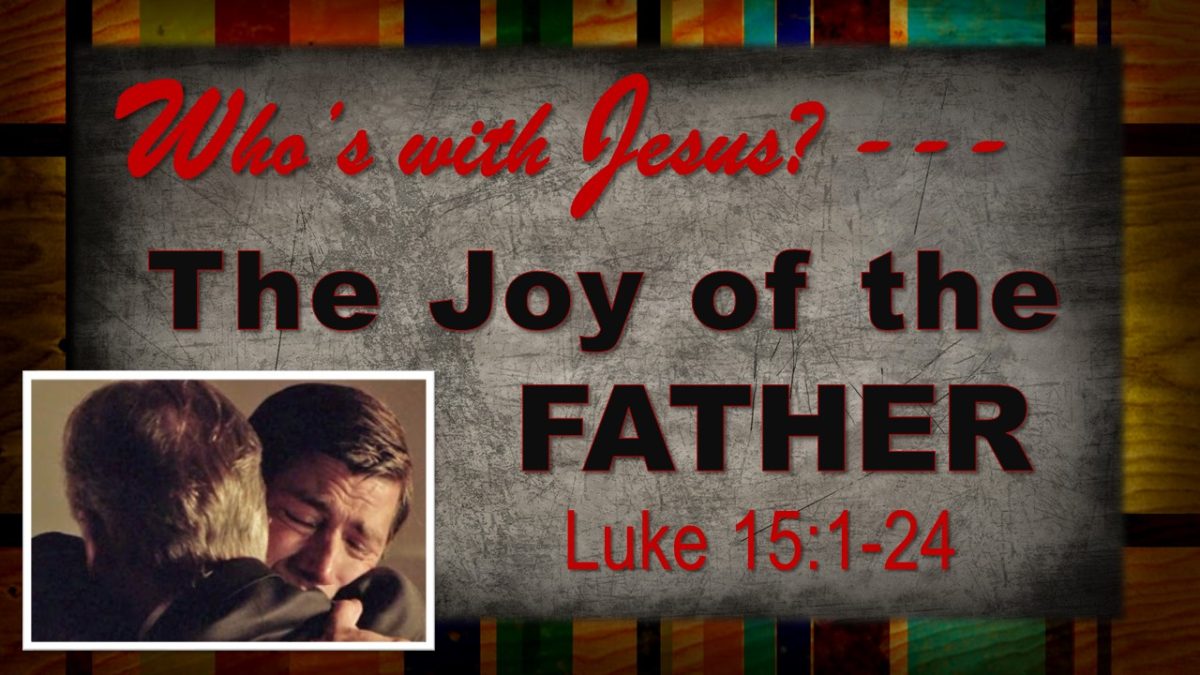Have you ever come to your senses to find that it’s too late? Too late to study for the class … an “F”. Too late to pay the rent … eviction! Too late to talk to your husband or wife … divorce court!
Too late!
Jesus’ parable of the Rich Man and Lazarus combines the artistic landscape of parable with the hard teaching that our choices in this life have eternal and irreversible consequences. And, that we can (and must) respond to Jesus today. But, someday, it will be … too late!
Jesus speaks this parable in Luke 16, a section in the gospel that, on the surface at least, contains a number of passages on money and material possessions. We’re told in verse 14 that “The Pharisees,” Jesus’ hearers, (along with His disciples), “who were lovers of money, heard all these things, and they ridiculed him” (ESV). This was the problem of the religious leaders, at least on the surface. As Luke 16.14-17, a kind of bridge passage, then talks about dependence on the Word of God, we can see that material possessions point us to our ultimate dependences. Are we depending on God, or money?
The parable begins in this life (:19-21). A certain Rich Man had everything. Purple clothing, expensive. Linen garments, down to his underwear. The Rich Man feasted himself, inside his palace and without regard for those outside.
Outside the gate of the Rich Man’s palace had been laid a poor man, named Lazarus (a combination of the Hebrew words for “god” and “trust”). Lazarus trusts God. Lazarus is a cripple, covered in sores. He wants only the sop tossed from the Rich Man’s table. But, the dogs get to the scraps before Lazarus. Then, the dogs lick Lazarus’ wounds.
Lazarus is lower than a dog. In the popular religion of the day, he would have been regarded as cursed. The Rich Man, blessed by God.
The parable moves to the next life (:22-23). Here, there is immediate reversal! The poor man dies and goes to Abraham’s side, the place of the righteous dead, depicted in Judaism (as well as by Jesus, Matthew 8) as a banquet. The Rich Man dies and is buried. His earthly life ends well. But, then, he finds himself immediately in Hades, the place of the unrighteous dead. Here, he’s tormented, and (in the creative, parabolic world) he sees Abraham and Lazarus.
The Rich Man negotiates (:24-31). The Rich Man calls to Abraham, “Father Abraham! … I see you have my servant Lazarus there. Send him to help me!” (:24). Interesting is that the Rich Man considers himself on good terms with the great patriarch of the Jewish race. More interesting still is that he clearly recognizes Lazarus. He is guilty and knows it.
Abraham responds: “You took your ease in the last world, and your contempt for Lazarus in his poverty showed your lack of righteousness. Now, there is a great chasm fixed between us … It’s too late!”
The Rich Man negotiates again. “Send Lazarus then to my five brothers, so that they won’t come here” (:27). Catch the accusation here. I didn’t know! It isn’t fair! Somebody should have told me about hell, and stuff like that!”
Abraham responds again. “Your brothers have the Bible, along with its teaching about how treatment of the poor indicates heart righteousness.”
The Rich Man responds once more: “No, father Abraham, but if someone goes to them from the dead, they will repent (:30, ESV). In other words, God’s Word isn’t good enough. They need a miracle! I needed a miracle!”
“If they do not hear Moses and the Prophets,” Abraham responds with finality, “Neither will they be convinced if someone should rise from the dead” (:31, ESV).
Among the lessons we draw from the Parable of the Rich Man and Lazarus is the central teaching that God reveals Himself in His Word, so that nobody can say they didn’t have a fair chance. How many of those who haven’t trusted Christ say they would believe everything in the Bible, if they could only see a miracle? Ah, but the miracles didn’t matter for Old Testament Israel, did they? And, following Jesus’ teaching here, even His own resurrection won’t prove the truth of God’s Word to those who don’t want God.
By contrast, those who “get” Jesus recognize their accountability to God from His Word and depend on Jesus … before it’s too late.
So, take a bit of time to read through this (in many ways) most curious of Jesus’ parables. Then, do something curious yourself. Maybe, you should take a stroll through a cemetery. Give thanks for those buried there. Thank God for your own short life. Remember that, short of Jesus’ second coming, nobody escapes this life alive. And, take joy in the Gospel, knowing that those who trust Christ will be with Him at the moment of their death (Luke 23.24; Phil 1.23). This is Good News in this sobering parable!
After your reflection in the cemetery, include the Gospel in regular conversation with others. God’s Word is powerful, and our mental and spiritual worldview maps should include every part of life. If you eat, include others in your thanks. If it rains, tell your friends how God is caring for you. Don’t be like the Rich Man who only cared for what he could see in this life. Our existence includes this life and the next. And, the way we go about handling material possessions and treating the poor indicates a great deal about what or whom we’re trusting.
Finally, circle up with some others. Read the parable again and talk through these questions:
What about this parable do you find alarming or disturbing? Do you like it? Why or why not?
What does this parable reveal about what we’re tempted to trust in? What about the excuses of the Rich Man? Are we at all like him?
How much do you value the Gospel that is included in God’s Word? Do you think of God’s revelation of Himself in His Word as your final authority? Or, are you looking or waiting for something else before you trust God?
What are some other practical things you’ve done that help remind you of the brevity of life?
How have you been able to include the Gospel in your regular, normal and “non-weird” conversation with those who don’t yet trust God?

